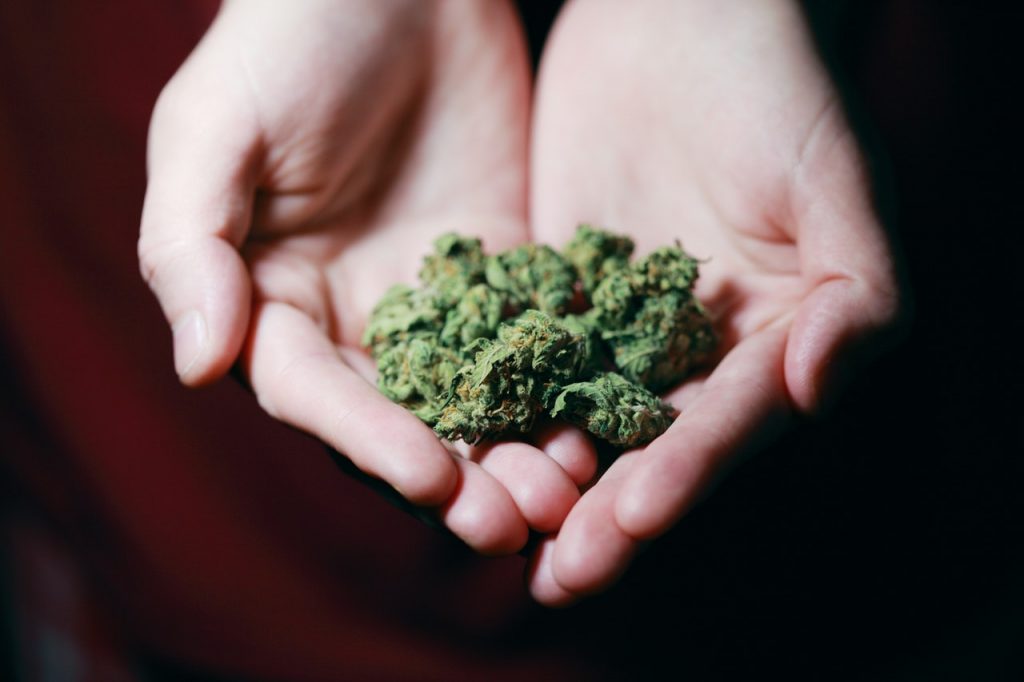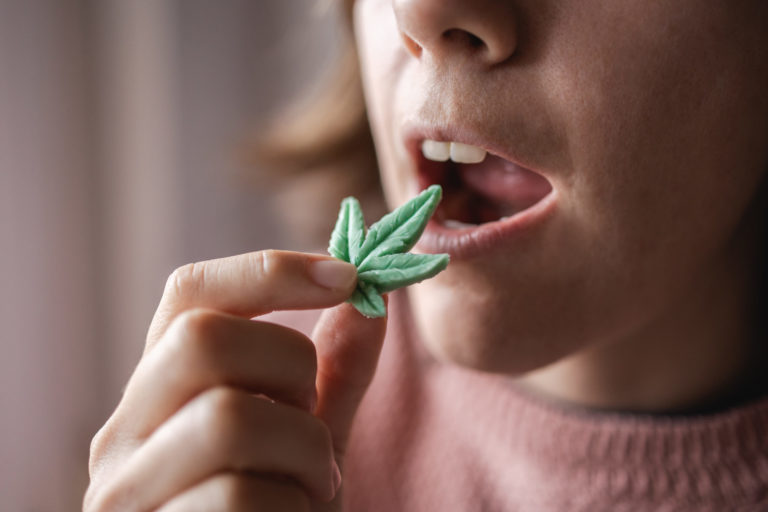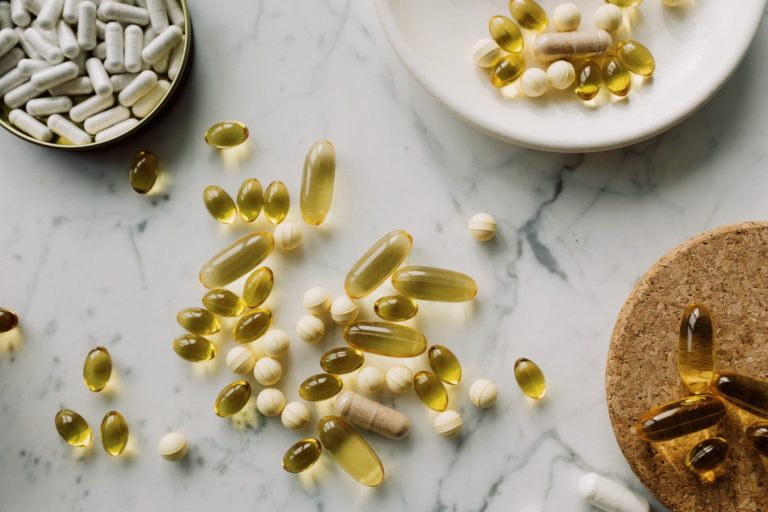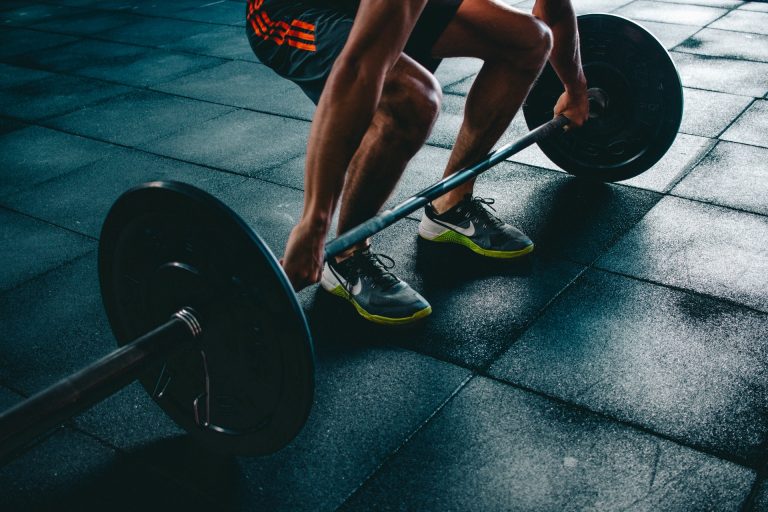Medical marijuana has long been a topic of controversy. Questions about its safety, use and effectiveness, addictiveness, and legality are always raised. As marijuana continues to become legalized across the United States, it’s time to consider that marijuana is more than just a recreational drug. Continue reading to learn some benefits of medical marijuana, and if it may be a solution for your health needs.
What is Medical Marijuana?
Medical marijuana is more or less the same as recreational marijuana taken for medical purposes. There are over 100 different chemicals, known as cannabinoids, in marijuana, each of which has a different effect on the body. The main chemicals used in medicinal marijuana are THC and CBD.
THC is the chemical that causes a “high” feeling but it also has medicinal properties like stimulating appetite and reducing nausea, decreasing pain and inflammation, and helping with muscle control problems. CBD can also help reduce pain and inflammation, control epileptic seizures, and treat mental illness all without causing a “high” feeling.
The body naturally produces cannabinoids known as endocannabinoids. The endocannabinoid system works to regulate the body’s responses to stimuli. They are predominantly found in the brain, and when cannabinoids in marijuana bind to the body’s endocannabinoid receptors, the resulting medicinal effects include pain reduction, decreased depression and anxiety, and improved sleep.
What is Medical Marijuana Used For?
Medical marijuana is commonly used for chronic pain management. It has been shown to help with pain associated with multiple sclerosis and general nerve pain. Medical marijuana also works as an effective muscle relaxer, a treatment for glaucoma, and it is a way to manage nausea and weight loss from cancer treatment. It also shows promise as a treatment for those suffering from PTSD.
For people who struggle with chronic pain medical marijuana is an attractive alternative to opioid-based prescription medicines because it doesn’t run the risk of addiction or have negative effects on other organs in the body. Unlike prescription pain medication, marijuana doesn’t make users feel “out of it” or disengaged from their surroundings.
How to Use Medical Marijuana
In the states where medical marijuana is legal, a doctor needs to write a prescription for use. Every state has different requirements to justify the use of medical marijuana and may require users to have a special ID card to purchase from a dispensary. Qualifying conditions include Alzheimer’s disease, HIV/AIDS, cancer, epilepsy and seizures, multiple sclerosis and muscle spasms, and Crohn’s disease.
When it comes to understanding the rules and regulations surrounding cannabis, consult with a medical marijuana dispensary lawyer. McAllister Garfield is an elite team of cannabis and hemp attorneys for all business and regulatory needs. Since the emergence of marijuana businesses in 2009, McAllister Garfield has represented ancillary and related businesses like lenders, investors, social media companies, vendors, recreational dispensaries, and testing laboratories.
There are several ways to take medical marijuana and each method has a different effect on the body. Common forms of medical marijuana include oil for vaporizing, pills, topical creams, oral tinctures, and dried leaves and buds. It can be smoked, inhaled with a vaporizer, consumed as an edible, or liquid drops can be placed under the tongue. Each method has a different uptake time to feel the effects. Vaporizing has the fastest effect while pills have the slowest effect.
Plain Jane is a licensed seller of CBD hemp flower products sourced from 15 American farms using regenerative farming and sustainable practices. Their goal is to provide customers with the best CBD flower for the best prices by sourcing the highest quality outdoor, greenhouse, and indoor flowers. Plain Jane has a variety of products like CBD flower, CBG flower, CBD cigarettes, and CBD joints.





